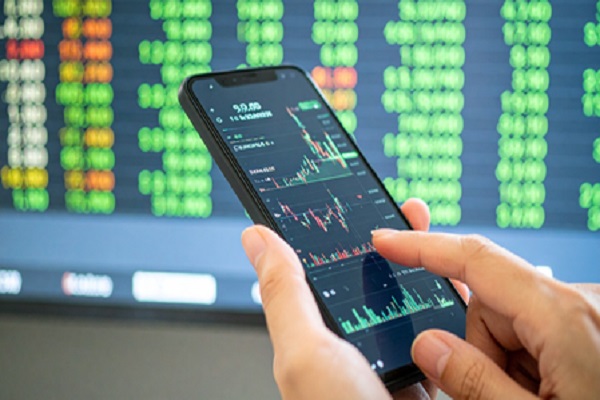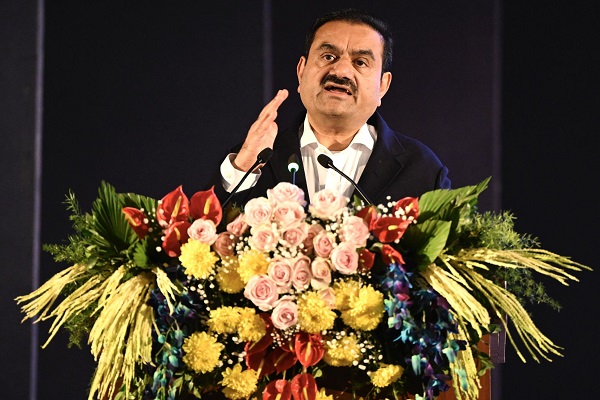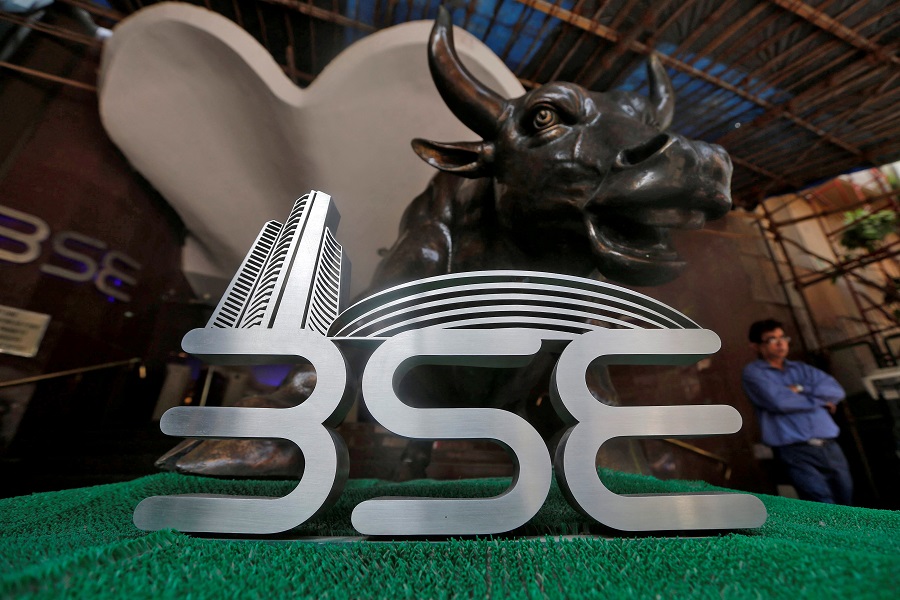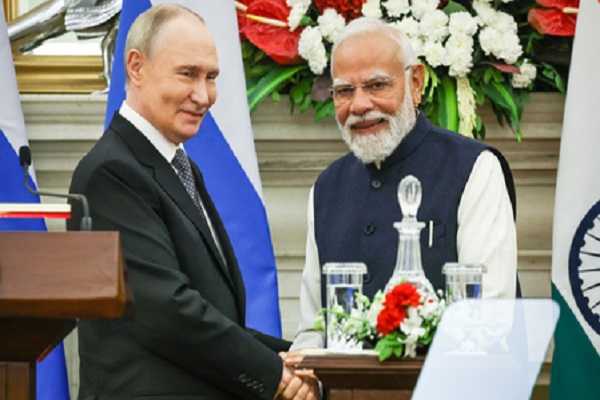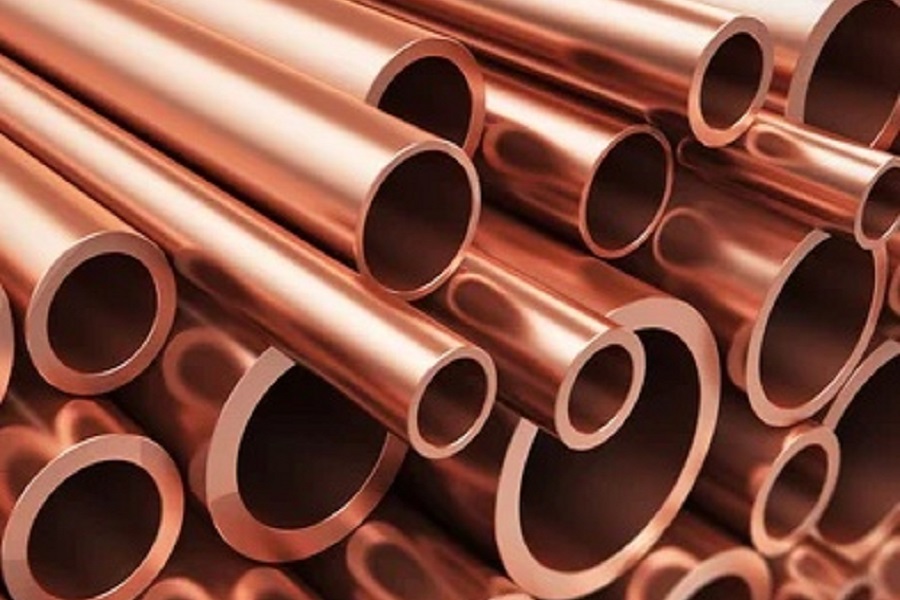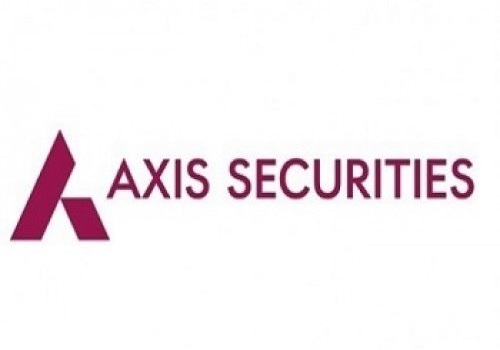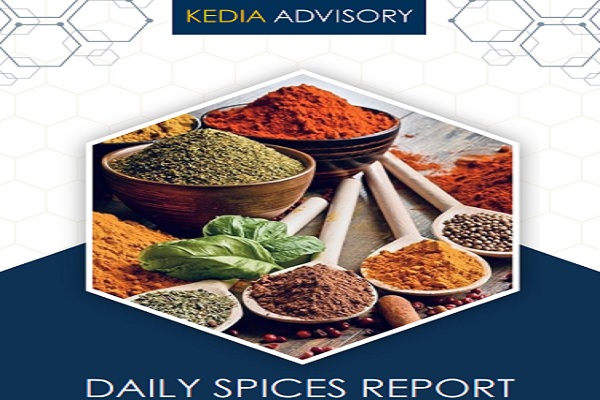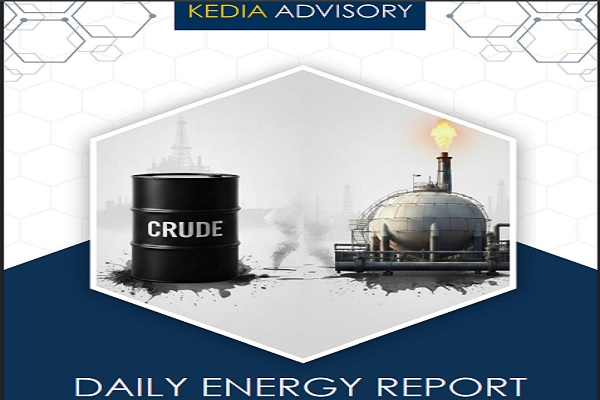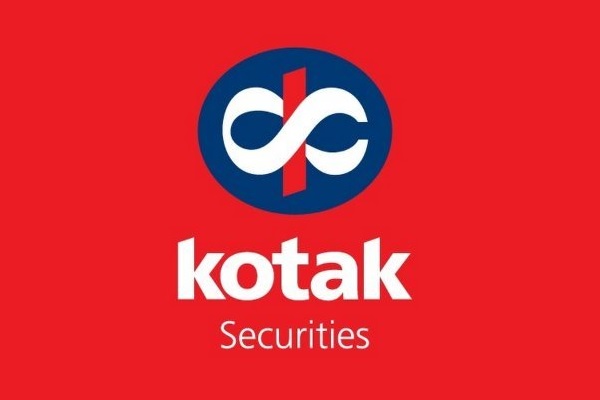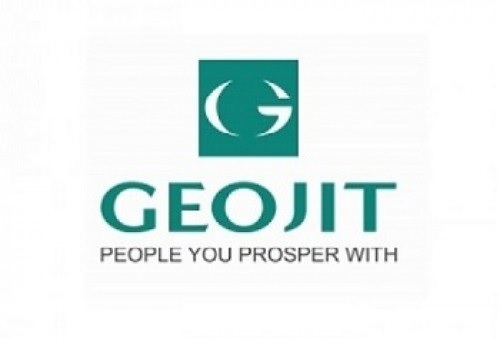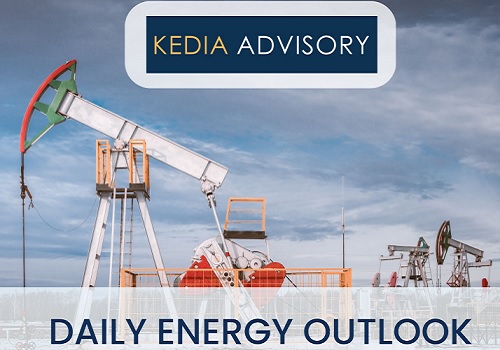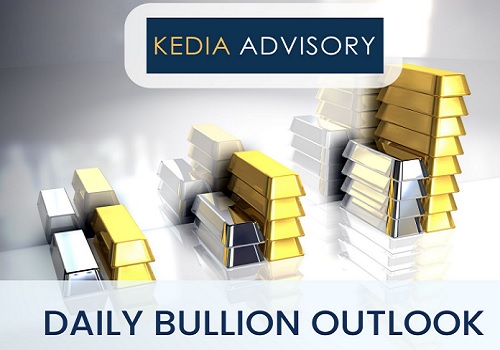Gold trading range for the day is 98830-100370 - Kedia Advisory
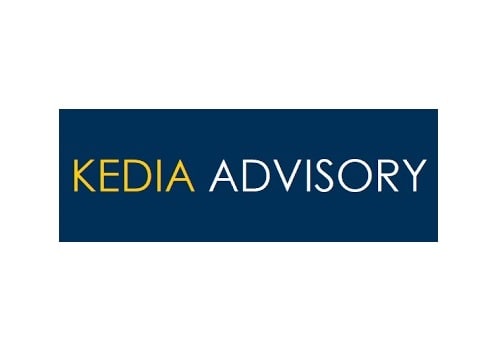
Gold
Gold prices slipped by -0.44% to 99,401 yesterday as investors remained cautious ahead of a key meeting between US President Donald Trump and Ukrainian President Volodymyr Zelenskiy, alongside European leaders, to push forward peace talks with Russia. The lack of breakthrough in Trump’s earlier summit with Russian President Putin kept markets attentive, while expectations of robust US security guarantees shaped sentiment. On the macroeconomic front, US jobless claims are expected to inch higher, while producer prices in July surged the most in three years, signaling tariff-driven inflation pressures. On the demand side, China continued to boost its gold reserves for the ninth straight month, taking holdings to 73.96 million ounces, reflecting its strategy of diversifying away from the US dollar. Meanwhile, the World Gold Council (WGC) reported a 3% rise in global gold demand in Q2 2025, mainly led by a 78% jump in investment demand, while jewellery consumption fell sharply by 14% due to high prices. Indian demand improved modestly on price pullbacks, with dealers offering discounts of $6/oz compared to steeper discounts earlier, while festive demand ahead of Dussehra and Diwali could provide further support. However, Chinese jewellery demand remained sluggish, dragging overall Asian consumption. Technically, the market is under fresh selling pressure, with open interest rising 4.29% to 13,267 contracts while prices fell. Gold is finding immediate support at 99,115, with the next level at 98,830, while resistance lies at 99,885, and a breakout above could push prices toward 100,370.
Trading Ideas:
* Gold trading range for the day is 98830-100370.
* Gold fell as markets await Trump-Zelenskiy peace talks on Ukraine.
* U.S. jobless claims expected higher, while continuing claims slightly decreased.
* Trump-Putin summit ended without ceasefire, but security guarantees were discussed.
Silver
Silver prices slipped by -0.31% to 113592 as traders shifted focus to the high-stakes meeting in Washington between US President Donald Trump and Ukrainian President Volodymyr Zelenskiy, following Trump’s recent talks with Russian President Vladimir Putin. While no ceasefire breakthrough was achieved, the commitment to security guarantees for Ukraine provided a geopolitical backdrop for metals markets. On the monetary policy front, Fed officials struck a cautious tone. Austan Goolsbee described tariffs as a “stagflationary shock” while noting persistent services inflation, whereas Raphael Bostic emphasized the Fed’s flexibility to wait before adjusting policy, though he still anticipates one rate cut in 2025. In economic data, US producer prices surged 0.9% month-on-month in July, well above expectations, highlighting persistent inflationary pressures. This has tempered the probability of a larger 50 bps rate cut, with markets now assigning an 84% chance of a 25 bps cut in September. Meanwhile, optimism in the industrial metals sector was supported by resumed trade talks between the US and China. On the investment front, silver-backed ETPs saw robust net inflows of 95 Moz in H1 2025, pushing global holdings to 1.13 Boz, just shy of the 2021 peak. Retail investment demand has remained resilient, particularly in India, where it rose 7% YoY in H1 2025. Technically, silver remains under fresh selling pressure with open interest up 2.99% to 14907, while prices dropped -351 rupees. Support lies at 113250, with a break lower exposing 112905. On the upside, resistance is placed at 114145, and a decisive move higher could lift prices toward 114695.
Trading Ideas:
* Silver trading range for the day is 112905-114695.
* Silver declined as investors focused on Trump-Zelenskiy peace talks in Washington.
* Fed’s Bostic said strong labor market allows patience before policy adjustment.
* U.S. producer prices posted biggest July gain in three years.
Crude oil
Crude oil futures slipped by -1% to 5544 as prices continued to hover near a two-month low, pressured by a weak demand outlook and oversupply concerns. The much-anticipated Alaska summit between US President Donald Trump and Russian President Vladimir Putin ended without any major geopolitical escalation, reducing fears of supply disruptions. US Secretary of State Marco Rubio noted that a temporary ceasefire between Ukraine and Russia “is not off the table,” but the absence of immediate geopolitical risk capped upside momentum. Adding to the bearish tone, the International Energy Agency (IEA) issued a downbeat projection, forecasting a record global surplus of 2.96 million bpd in 2026 on the back of surging OPEC+ supply. Meanwhile, US inventory data reinforced concerns about sluggish demand. The EIA Petroleum Status Report showed crude stocks rising 3.037 million barrels last week, compared with expectations for a 0.8 million barrel draw. On the other hand, OPEC’s monthly report offered some supportive signals. The cartel raised its forecast for 2026 global oil demand growth to 1.38 million bpd, while trimming projections for non-OPEC+ supply growth to 630,000 bpd, down from 730,000 bpd. Technically, crude oil remains under pressure from long liquidation, with open interest plunging -57.56% to 3634 as prices slipped -56 rupees. Immediate support is seen at 5460, with a break lower exposing 5375. On the upside, resistance is pegged at 5608, and a sustained move higher could push prices toward 5671.
Trading Ideas:
* Crudeoil trading range for the day is 5375-5671.
* Crude oil falls as Alaska summit ends calmly, easing supply disruption fears.
* IEA issued a bearish forecast, projecting a record global surplus of 2.96 million bpd in 2026
* US government data showed crude inventories climbing by 3.036 million barrels last week
Natural gas
Natural gas futures climbed 2.54% to 254.6 as stronger near-term demand and the recovery of Freeport LNG’s Texas export plant supported prices. Feedgas flows into US LNG facilities averaged 16.2 bcfd so far in August, up from 15.5 bcfd in July, reflecting solid export demand. However, despite this rebound, natural gas remains poised for a fourth consecutive weekly decline amid oversupply pressures. The latest EIA storage report showed a 56 bcf injection for the week ending August 8, higher than market expectations of 53 bcf and well above seasonal norms. This lifted total inventories to 3.186 tcf, about 6.6% above the five-year average, though still 2.4% below last year’s level. On the supply side, US production continues to trend at record levels, with Lower 48 output averaging 108.1 bcfd in August, surpassing July’s record. The EIA’s Short-Term Energy Outlook reinforced expectations of robust fundamentals, projecting dry gas production to rise from 103.2 bcfd in 2024 to 106.4 bcfd in 2025, before easing slightly in 2026. Demand is also forecast to set records, climbing to 91.4 bcfd in 2025 before moderating. LNG exports are projected to strengthen further, averaging 14.7 bcfd in 2025 and 16.3 bcfd in 2026, up sharply from 2024’s record 11.9 bcfd. Technically, natural gas is witnessing short covering, with open interest dropping -11.29% to 35,289 as prices rose 6.3 rupees. Immediate support lies at 247.8, with further downside risk toward 241.1. On the upside, resistance is placed at 258.3, and a breakout could push prices toward 262.1.
Trading Ideas:
* Naturalgas trading range for the day is 241.1-262.1.
* Natural gas rose on stronger demand forecast, Freeport LNG Texas plant back online.
* LNG feedgas flows averaged 16.2 bcfd so far in August, up from 15.5 bcfd in July.
* Utilities in the US injected 56 bcf of natural gas into storage to total 3.186 tcf of storage.
Copper
Copper futures slipped 0.57% to 882.3 as a stronger US dollar and investor caution ahead of a key event on US interest rates and the meeting between President Trump and Ukraine’s President Zelenskiy weighed on sentiment. Market participants also continued to assess weak Chinese data, with July factory output growth slowing to an eight-month low, dampening demand outlook for the red metal. Despite the near-term weakness, Citi raised its 0-3 month price forecast to $9,200/tonne from $8,800, citing a more gradual drawdown of excess US inventories tied to Section 232 tariffs and support from dollar softness. On the supply side, Cochilco maintained its average copper price forecast at $4.30/lb for 2025 and 2026, projecting global tightness amid steady demand from China and emerging markets. Chile’s 2024 copper production is expected at 5.58 million tons, up 1.5% y/y, although below earlier estimates of 3% growth. For 2026, output is projected at 5.75 million tons, slightly reduced from 5.97 million. In Zambia, H1 copper output rose to 439,644 tons, up from 373,263 tons a year earlier, while Codelco’s June production jumped 17% y/y to 120,200 tons. The ICSG reported a 97,000-ton global refined copper surplus in May, reversing April’s 80,000-ton deficit. For Jan–May, the market showed a 272,000-ton surplus, nearly unchanged from last year. Technically, copper is under long liquidation, with open interest falling 7.89% to 4,690 as prices declined 5.1 rupees. Immediate support is at 879.7, with further downside toward 877.1. Resistance is at 886.2, and a breakout above could see prices testing 890.1.
Trading Ideas:
* Copper trading range for the day is 877.1-890.1.
* Copper falls on strong dollar, Fed outlook uncertainty, and Trump-Zelenskiy meet.
* China’s factory output growth slumped to an eight-month low in July.
* Citi revised its 0-3 month price forecast for copper to $9,200 per tonne from the previous $8,800.
Zinc
Zinc futures fell sharply by 1.79% to 265.8 as weak economic data from China raised concerns over demand prospects in the world’s largest consumer. Industrial production growth slowed to a seven-month low in July, while retail sales also lost momentum, hitting a six-month low, and the unemployment rate rose to a four-month high. The soft macroeconomic backdrop reinforced expectations of slower consumption. On the supply side, prices came under further pressure as Chinese smelters scaled back operations amid persistent overcapacity and weather disruptions caused by heavy rainfall in Southern provinces. Global supply trends also weighed on sentiment. Teck Resources’ Red Dog mine reported a 20% drop in Q1 output, and Nyrstar announced a 25% annual cut, adding to tightening fundamentals. Still, inventories tracked by the Shanghai Futures Exchange rose 16.5% from last week, reflecting short-term supply availability. The International Lead and Zinc Study Group (ILZSG) reported that the global zinc market shifted to a 44,100-ton deficit in May after a 17,300-ton surplus in April. For the first five months of 2025, however, the market remained in a surplus of 88,000 tons, albeit much lower than the 214,000-ton surplus recorded a year earlier. Technically, zinc is under long liquidation, with open interest plunging 24.13% to 2,223 as prices dropped 4.85 rupees. Key support lies at 264.4, with further downside toward 263. Resistance is seen at 268.1, and a breakout above may push prices toward 270.4.
Trading Ideas:
* Zinc trading range for the day is 263-270.4.
* Zinc declined as a wave of underwhelming economic data from China fueled concerns over softening demand.
* Industrial production growth decelerated to a seven-month low in July, from a recent three-month high.
* Zinc inventories in warehouses monitored by the SHFE rose 16.5% from last Friday.
Aluminium
Aluminium futures slipped by 1.14% to 252 as the Trump administration expanded its 50% tariffs on steel and aluminium imports to cover hundreds of additional products, effective immediately. Further tariff measures targeting steel and semiconductor chips are also expected in the coming weeks, adding pressure to the global metals market. However, the downside for aluminium remains limited given strong demand prospects and tightening supply fundamentals. In China, which accounts for more than half of global aluminium output, production is capped at 45 million tonnes annually under government policies to curb overcapacity and reduce environmental impact. Despite this cap, July 2025 production rose 1.05% year-on-year and 3.11% month-on-month, reflecting steady operational recovery. On the demand side, China’s mega dam project in Tibet is expected to boost aluminium consumption, while sanctions on Russia continue to restrict European supply chains. Stock movements also highlight tightening fundamentals. Aluminium inventories at three major Japanese ports fell to 315,400 tonnes in July, down 0.4% from the previous month. Meanwhile, China’s trade data underscores solid demand momentum. Exports of unwrought aluminium and products surged to 542,000 tonnes in July, up from 489,000 tonnes in June, while imports rose 38.2% year-on-year to 360,000 tonnes. Technically, the market is under long liquidation, with open interest falling 16.07% to 3,192 as prices declined by 2.9 rupees. Aluminium is finding support at 251, with a break lower exposing 250. On the upside, resistance lies at 253.5, and a move above could push prices toward 255.
Trading Ideas:
* Aluminium trading range for the day is 250-255.
* Aluminium slipped after the Trump administration widened the scope of its 50% tariffs on aluminium imports
* China's imports of unwrought aluminium and products in July surged 38.2% from the prior year.
* China's aluminium production rose by 0.6 % to 3.78 million metric tons in July from a year earlier.
Turmeric
Turmeric futures slipped by 1.31% to settle at 13,226, weighed down by an increase in acreage supported by favorable monsoon conditions during the current sowing season. However, the downside remained limited as turmeric stocks held by farmers in Warangal are nearly exhausted, with no fresh arrivals reported in the past two days. Market sentiment is being shaped by a mix of factors, including weather conditions, crop progress, and steady demand from buyers. On the production front, dry weather has been favorable for timely planting, with early estimates suggesting acreage may rise by 15–20% as alternative crops remain less profitable. For the 2024–25 season, turmeric cultivation has already reached 3.30 lakh hectares, about 10% higher than last year’s 3 lakh hectares. In spot markets, particularly Duggirala, new arrivals are attracting stronger buying interest, consistently commanding a premium over older stock due to superior quality. Trade volumes remain healthy at 1,000–1,200 bags per day, with around 50–55% of the new crop already traded. On the export front, demand has been encouraging, with turmeric shipments during April–May 2025 rising by 8.37% YoY to 34,162.28 tonnes. In May 2025, exports stood at 19,205.45 tonnes, up 10.28% from May 2024 and sharply higher by 28.41% from April 2025. Turmeric is witnessing fresh selling pressure, with open interest rising 6.6% to 16,960 lots while prices declined 176. Support is placed at 13,092, with further weakness likely to test 12,956. Resistance is seen at 13,402, and a break above could lift prices toward 13,576.
Trading Ideas:
* Turmeric trading range for the day is 12956-13576.
* Turmeric dropped amid increase in acreage due to favourable rains during the current sowing season.
* However downside seen limited as turmeric stocks held by farmers in Warangal are nearly depleted.
* Market participants are closely monitoring weather patterns and crop conditions.
* In Nizamabad, a major spot market, the price ended at 13760.05 Rupees dropped by -0.4 percent.
Jeera
Jeera futures edged higher by 1.13% to settle at 19,235, supported by short covering after recent weakness triggered by sluggish domestic and export demand post the retail season. Traders noted that comfortable supplies and muted overseas buying interest continue to weigh on overall sentiment, as demand remains subdued and ongoing export requirements are being comfortably met from existing stocks. On the production front, crop conditions remain favorable, and output is expected to stay near last year’s levels. Reports suggest India’s cumin production for the current season could be around 90–92 lakh bags, lower than last year’s 1.10 crore bags. Gujarat’s output is estimated at 42–45 lakh bags, while Rajasthan is expected to contribute 48–50 lakh bags. Globally, production in China has been revised lower to 70–80 thousand tons from earlier estimates of 1 lakh tons due to adverse weather, while Syria, Turkey, and Afghanistan are expected to produce 9–10, 10–11, and 10–12 thousand tons, respectively. Exports during April–May 2025 fell sharply by 27.07% YoY to 42,925.74 tonnes. However, May shipments provided some relief, rising 11.26% to 23,206.16 tonnes versus May 2024 and surging 17.68% compared to April 2025. Jeera is witnessing fresh buying interest as open interest jumped 9.83% to 5,262 lots while prices gained 215. Support is placed at 18,980, with further weakness likely to test 18,710. Resistance is at 19,560, and a breakout above this level could push prices toward 19,870.
Trading Ideas:
* Jeera trading range for the day is 18710-19870.
* Jeera gains on short covering after prices dropped due to weak domestic and export demand
* Only 3-4 lakh bags are expected to be traded by the end of the season, leaving a carry-forward stock of about 16 lakh bags
* Total arrivals witnessed a marginal increase to 12,000 bags (55 kg each) as against 11,800 bags on the previous day.
* In Unjha, a major spot market, the price ended at 19276.2 Rupees gained by 0.16 percent.
Views express by all participants are for information & academic purpose only. Kindly read disclaimer before referring below views



